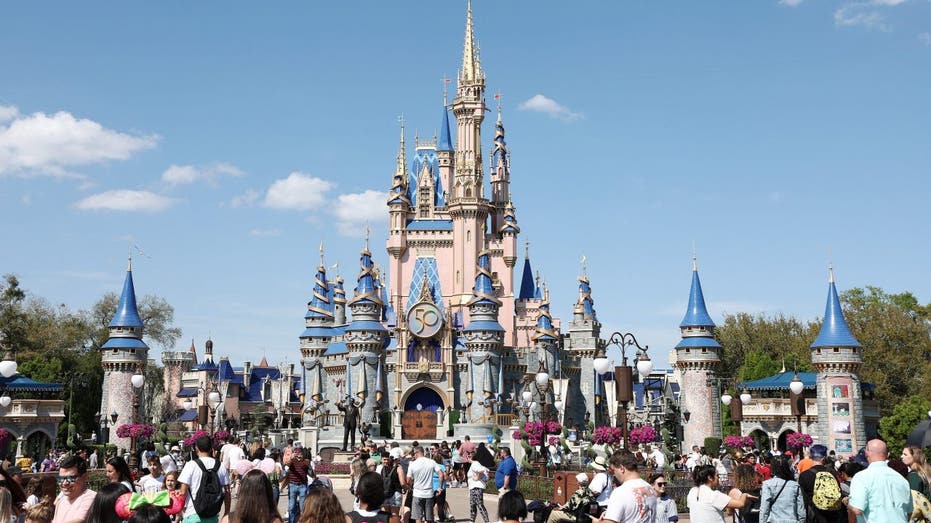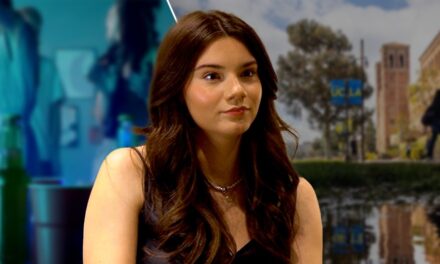Recent discussions around Disney’s live-action adaptation of ‘Snow White’ have sparked significant debates, shining a light on various controversies that have historically affected the company. From casting choices to public backlash over film narratives, Disney’s reputation has been challenged several times over the years. Below, we explore five notable controversies that have rocked the beloved entertainment giant, beyond the current discussions surrounding ‘Snow White.’
1. The Casting of ‘The Jungle Book’
When Disney announced its live-action adaptation of ‘The Jungle Book,’ a beloved classic animated feature, the casting choices were met with widespread criticism. The film’s promotional materials showcased an ensemble of renowned Hollywood actors providing voices for the characters. However, the decision to cast a predominately white-led voice cast for a story deeply rooted in Indian culture raised eyebrows. Critics argued that the film perpetuated a problematic trend of cultural appropriation, especially considering the story’s origins and the racial dynamics that play into how such decisions are made. Disney sought to portray the cultural nuances through animation, but many questioned whether they achieved an authentic representation through the lens of a Western perspective.
2. ‘Mulan’ and Allegations of Cultural Insensitivity
The release of Disney’s live-action ‘Mulan’ stirred controversy not just because of its artistic choices, but also due to allegations of cultural insensitivity and political oversights. The film faced backlash for filming in the Xinjiang region, where allegations of human rights abuses against the Uyghurs have been reported. Many activists and audiences criticized Disney for ignoring these issues, and they called for more conscientious practices that honor local cultures and the socio-political realities of the regions depicted in their stories. The situation escalated as social media campaigns spread awareness, ultimately leading to significant discussions on how companies should navigate international filming locations and relationships with governments that may be implicated in human rights violations.
3. The Representation of LGBTQ+ Characters
Though progress has been made in the portrayal of LGBTQ+ characters and themes in mainstream media, Disney has found itself at the heart of several debates on the subject. Various films and series introduced characters and elements hinting at broader representation, yet many critics feel Disney has been hesitant to fully commit to authentically portraying LGBTQ+ experiences. For instance, in ‘Beauty and the Beast,’ LeFou’s character was touted as Disney’s first openly gay character. However, the limited portrayal was viewed by many as a token gesture rather than an inclusive representation. Further criticisms arose surrounding Disney’s censorship practices for films distributed in regions where LGBTQ+ representations are restricted. This inconsistency in representation has sparked discussions about corporate responsibility toward inclusivity and diversity in storytelling.
4. ‘Peter Pan’ and Accusations of Racism
‘Peter Pan’ has long been a cherished classic, yet it has not escaped scrutiny in recent years for its portrayal of Indigenous peoples. The film showcases a fantastical version of Neverland, which raises significant questions about how it represents Native cultures. Critics have pointed out that the depiction of the “Lost Boys” and the inclusion of the character Tiger Lily perpetuate harmful stereotypes and contribute to a lack of nuanced representation within mainstream narratives. The backlash against the film’s implications has prompted calls for Disney to reconsider how these narratives are presented to modern audiences, with discussions surrounding edits, disclaimers, or even the reevaluation of how films like ‘Peter Pan’ are made available and integrated into current viewing practices.
5. The Backlash Against ‘The Little Mermaid’
Disney’s casting choice for the character of Ariel in the live-action remake of ‘The Little Mermaid’ prompted considerable controversy and discourse in the lead-up to the film’s release. With Halle Bailey, an African American actress and singer, taking on the iconic role, many embraced the decision, celebrating the representation of a diverse Ariel. However, this casting choice triggered a backlash from some who argued that the character should adhere to the original animated representation of a white, red-haired mermaid. This controversy ignited discussions about race, representation, and the importance of evolving narratives. As Disney slowly embraces more diverse storytelling, the discourse surrounding ‘The Little Mermaid’ illustrated ongoing societal debates regarding identity, ownership of characters, and how adaptations can reflect an evolving understanding of culture and race.
In conclusion, the recent struggles of ‘Snow White’ and its casting controversies have reignited discussions about Disney’s standing in popular culture. The company’s history is marked by various incidents, each highlighting the evolving standards of representation and sensitivity within storytelling. As Disney works to balance nostalgia with contemporary perspectives, it continues to navigate intricate waters where artistic expression and societal responsibility must work in tandem. The controversies surrounding ‘Snow White’ serve as a pivotal point of discussion, but they also open the floor to a broader understanding of the complexities embedded in Disney’s legacy and its future direction.
As audiences, we remain vigilant and engaged with these narratives—challenging the status quo, demanding accountability, and advocating for stories that genuinely reflect the diversity of the world we live in. Disney has the opportunity to rise to the occasion, learning from past missteps as it crafts new tales that resonate across cultures and histories.































